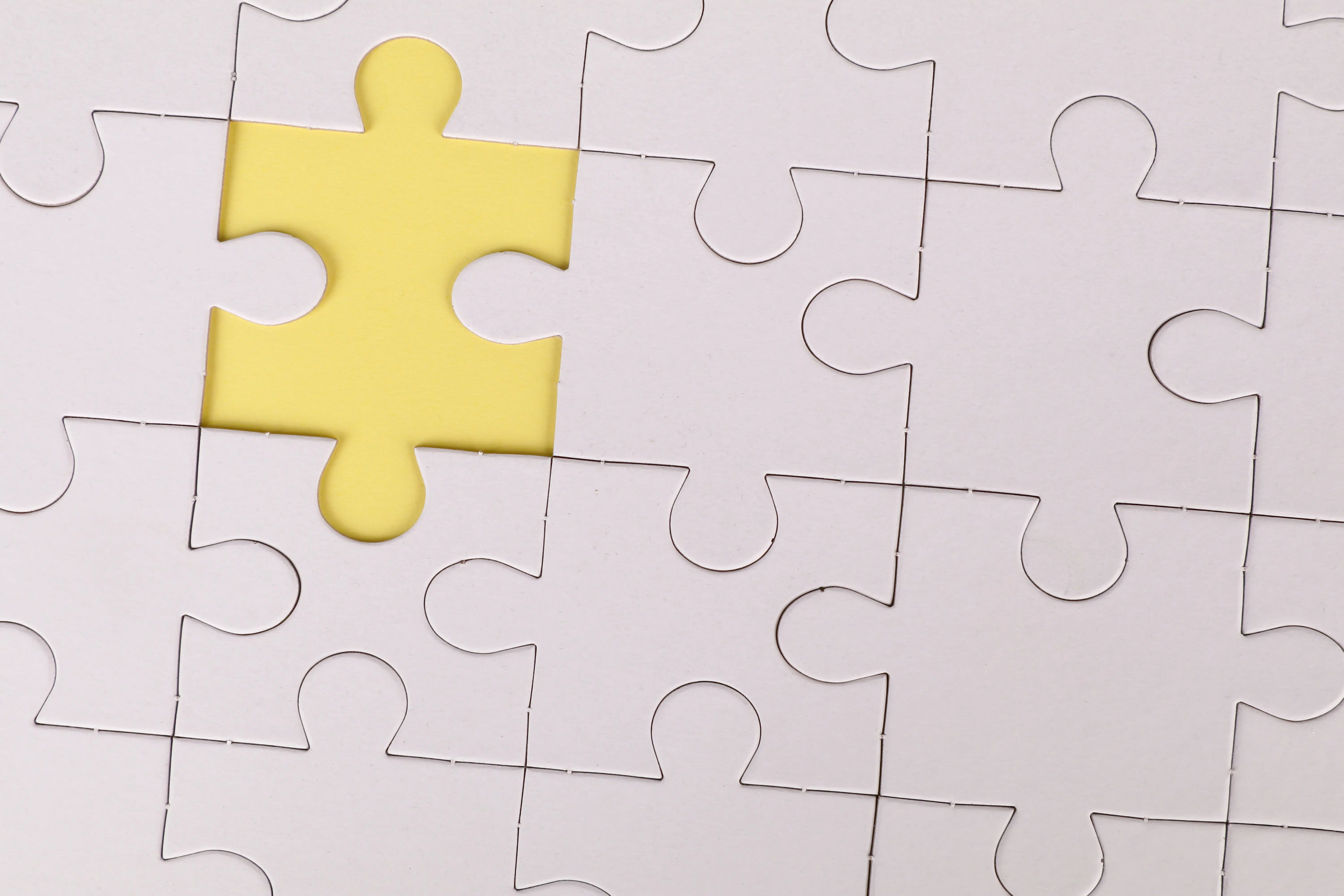Each of us is unique. We think, learn, and develop in our own particular ways. Bloom’s taxonomy is a model that can provide us a deeper understanding of these differences and how to leverage them for success in learning. In its essence, Bloom’s taxonomy is a descriptive learning model that was created by Benjamin Bloom in 1949 for the University of Chicago. The model defines six different levels of the cognitive domain of learning.
Bloom’s theory remains an enduring one. Today, it continues to be the most widely used of models that help educators understand the differences in how people develop and learn. But it’s not only valuable for use in traditional education. An understanding of this model can help modern business leaders perform their roles more efficiently. It can help organizations implement more effective development and learning strategies. By addressing how people develop differently, Bloom’s taxonomy can be used to optimize the results of your leadership coaching sessions and corporate training programs.
Overview
Like any scholar who would go on to develop an influential model, Bloom asked some hard questions that allowed him to develop his Taxonomy theory, including:
- Are human characteristics like intelligence and motivation fixed at birth? Can they be modified by experience?
- Can an entire classroom of students be instructed in such a way that the results are similar to the results of one-on-one tutoring?
In his quest for answers, Bloom developed invaluable guidelines that continue to influence teaching and learning practices today. Even though people develop and learn to apply information in different ways, Bloom’s Taxonomy enables educators and corporate leaders to effectively plan and implement lessons that support success for all people.
Bloom’s theory involves three main domains of learning, each with several sublevels of learning objectives. A pyramid denoting Bloom’s taxonomy is also commonly used to follow progress through various stages of learning.
The Three Domains of Learning
Bloom’s taxonomy is made up of three main domains of learning: the cognitive, affective, and psychomotor. Each of these domains is further comprised of sublevels in order of hierarchy – from least to most complex.
The Cognitive Domain
This first domain is based on knowledge. It is the one commonly used in the fields of education and various aspects of corporate training. It contains six levels of learning objectives that are often visualized as a hierarchical pyramid (more on this below).
- Knowledge – learning information.
- Comprehension – understanding information.
- Application – putting information to use.
- Analysis – becoming thoroughly familiar with implications of learning.
- Synthesis – creation/delivering results.
- Evaluation – assessing results.
The Affective Domain
Emotions form the base of this domain. It addresses the learners’ interaction with feelings and attitudes. Empathetic and emotional reactions are assessed. Five levels form this domain.
- Receiving – taking in information
- Responding – actively engaging with the information
- Valuing – applying your own thoughts and values to the information
- Organizing – comparing others’ values and understanding the evidence
- Characterizing – using diverse perspectives on the information to work with others
The Psychomotor Domain
This domain is based on action – implementing changes, honing skills, and behavior. It involves putting into practice knowledge that has been learned and evaluated. It contains seven levels.
- Perception – sensory guide to motor activity
- Set – readiness to act
- Guided response – beginning to learn complex motor skills
- Mechanism – basic proficiency
- Complex overt response – advanced motor skill
- Adaptation – modifying learned movements to meet changing needs
- Origination – creating new, situation-specific movements
The pyramid principle
The cognitive component of Bloom’s taxonomy is often represented as a hierarchical pyramid that orders cognitive skills in a way most conducive to various stages of learning. When used as a framework for cognitive learning, this pyramid can be especially helpful in guiding the planning of training programs, measuring progress, and determining when a level of proficiency is reached.
Image Source: Armstrong, P. (2010). Bloom’s Taxonomy. Vanderbilt University Center for Teaching. Retrieved from https://cft.vanderbilt.edu/guides-sub-pages/blooms-taxonomy/.
In its original form, Bloom’s cognitive domain featured the following sublevels in order of hierarchy: knowledge, comprehension, application, analysis, synthesis, and evaluation. But in 2001, Lori Anderson – one of Bloom’s students – made important changes to the pyramid to focus more on solutions and outcomes. The final form, seen above, is what is most commonly in use today.
From bottom to top, the pyramid provides a guide for building a strong base for learning and applying new information. Then, it goes beyond understanding and application to the ultimate levels of analyzing, evaluating, and innovating. Being a hierarchical system, Bloom’s taxonomy places original creation at the highest level, implying that it is the most complex form of cognitive abilities and represents “a kind of pinnacle for cognitive tasks.”
Applying Bloom's levels of taxonomy to your company
Bloom’s taxonomy is continually evolving to meet present-day needs, while his fundamental concepts remain. You can exercise choice in how to use Bloom’s Taxonomy to meet the demands of your own workplace. Tools like these are more useful when the user controls them, rather than the other way around so as a business leader, it is your prerogative to implement and adjust the details of this tool for each specific situation. You might consider the following steps to personalize the learning process and apply Bloom’s taxonomy to your existing systems:
- Assess specific jobs.
- Determine the level of skill necessary for each employee.
- Determine the learning objectives.
- Assess each person’s progress.
- Address skill and knowledge gaps.
The best procedure for effective lesson delivery will be revealed by following these steps. The type of content needed will also become apparent during this process. Finally, Bloom’s taxonomy makes it easy to evaluate where learners are in their process of development so that you can better support them.
Bloom’s Taxonomy brings knowledge and application together. It moves away from the one-size-fits-all tradition of teaching, which leaves some students behind and allows valuable personalized learning paths to flourish. If you’re interested in helping employees truly understand processes so they can apply them skillfully and creatively, you’ll want to leverage Bloom’s taxonomy.
Final Thoughts
“Understanding the level of learning needed will allow you to appropriately plan the time required for training, the amount of support needed, and the degree of follow up required.” – Deanna Flanagan in an eLearning Industry post
Learning and development are important responsibilities of those in leadership positions and HR departments – not just the individual learners themselves. Since people develop differently, applying Bloom’s taxonomy to the design of training programs and measurements of proficiency can increase program efficiency.











